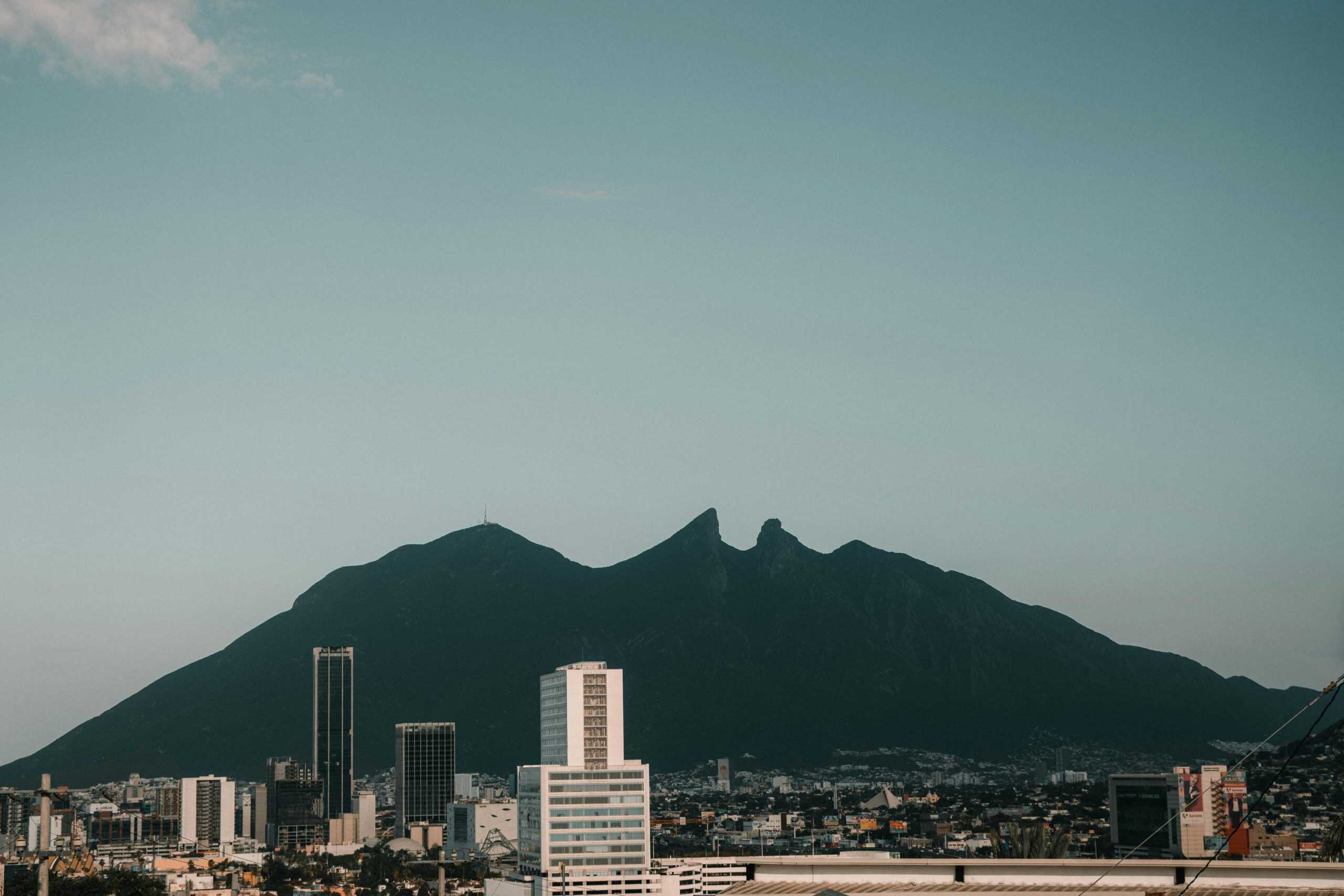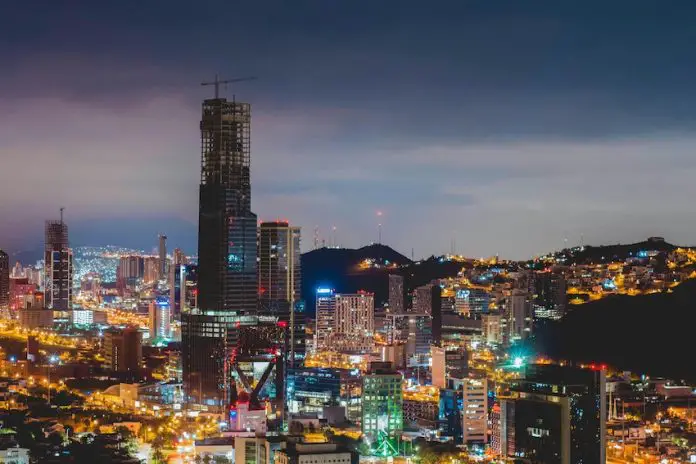Residents of Nuevo León live longer than Mexicans in any other state, and their life expectancy is getting better every year.
According to official figures, life expectancy for the state’s residents was 77.7 as of 2023. The National Institute of Statistics and Geography (INEGI) found that women’s life expectancy was 80.9, while men’s was 74.8. Life expectancy in the northern border state has increased steadily since 2020 (when average lifespan decreased across the country due to the pandemic).
Nuevo León Health Minister Alma Rosa Marroquín Escamilla said this milestone is a result of a health care model, followed by public and private institutions, that prioritizes quality and safety.
“We’re working all across Nuevo León to develop innovative strategies and new models of care that prioritize community and humane treatment,” Marroquín said Wednesday at the Sixth Symposium on Ethics, Quality and Safety in Health organized by the state government in collaboration with the private health network Auna México.
Currently, the state Health Department serves 1.2 million people through a program called “New Route: Take Care of Your Health,”, Marroquín explained. It guarantees universal access to medical services, including private hospitals and public clinics like the National Mexican Institute of Social Security (IMSS) and the State Workers’ Social Security Institute (ISSSTE). In Mexico, only people with formal jobs can be enrolled in the IMSS or ISSSTE.
When Marroquín took office three years ago, over 1 million people lacked social security benefits including access to public health services, she said. At a national level, nearly 30% of Mexicans lack access to health services, a number that has nearly doubled since 2016. Similarly, nearly half the population is not enrolled in social security, which provides access to public hospitals.

“This symposium, in collaboration with the government of Nuevo León, is a key opportunity to reinforce the importance of focusing our efforts on people, and thus, promote initiatives that generate a real change in health in Mexico,” said Carlos Aguilar Ojeda, General Manager of Auna México.
As part of their collaboration, the public and private health sectors exchange data, opinions and research through several committees created by the Nuevo León Council, a government advisory agency. Still, the minister acknowledged it is a challenge to integrate everyone’s criteria to support the government’s decision-making process.
Life expectancy in Mexico
Wealth might also play a part in Nuevo León residents’ long life expectancy. Along with Mexico City, the northern state consistently ranks as one of Mexico’s wealthiest entities. Numerous studies have shown that being wealthy is linked to longer life expectancy.
Overall, life expectancy in Mexico is at 76 years — 78.4 for women and 72.1 for men. Following Nuevo León, these are the entities with the highest life expectancy in the country:
- Baja California Sur (77.2)
- Coahuila (77.1)
- Aguascalientes Sonora and Mexico City (76.8)
- Chihuahua and Baja California (76.6)
- Querétaro (76.3)
- Colima (76.2)
- Sinaloa (76.1)
- Jalisco and Quintana Roo (76)
In contrast, Chiapas (73.1), Guerrero (73.2) and Oaxaca (73.4) show the lowest life expectancy. Unsurprisingly, these are Mexico’s poorest states.
With reports from El Economista and El Porvenir
